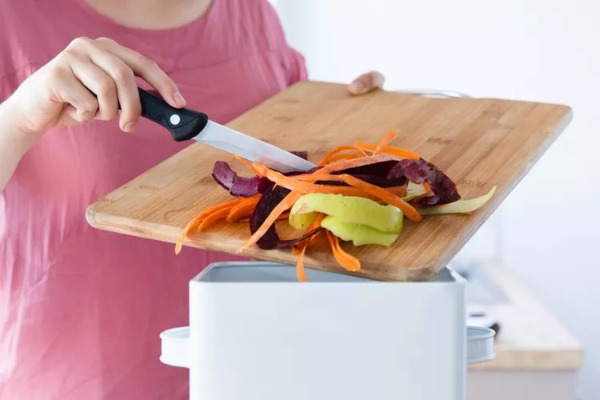Composting is a good habit for the home and the environment as a whole. Many of you don’t know that food scraps and yard waste create 30 percent of what we throw away yearly. Just imagine how much of that garbage can be used to create compost.
If you’re a beginner, it might be hard for you to know what’s safe to keep in your compost bin and what to stay out of. Read below to find out all about what makes a good compost combination, what waste can you include from your home, and what you should throw away.
What is compost?
Composting is the natural breakdown of organic materials into useful fertilizers. If you want to successfully create compost, composting experts recommend that all “batches” of compost contain three ingredients: brown matter, green matter, and water.
Brown matter: This includes materials like twigs, branches, paper, and cardboard, or simply anything dry and woody. Mostly, items in the brown category will naturally be brown. However, there are certainly some exceptions to that. Brown matter contains carbon that provides energy for the beneficial microbes in the compost.
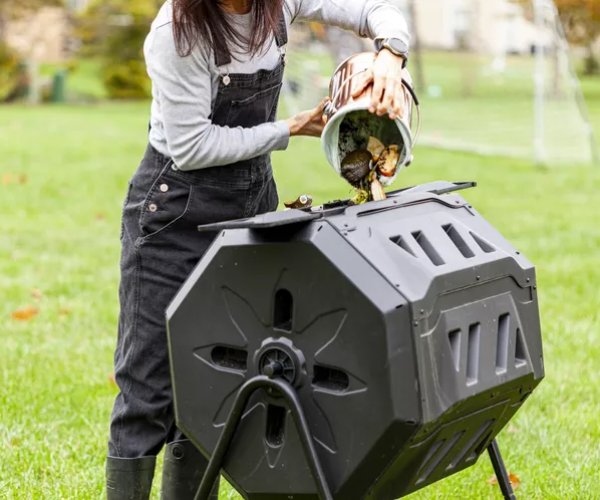
Water: Water is essential to encourage decomposition and also maintain moisture during the compost period.
Green matter: This refers to natural waste products that are growing or have some moisture in them. It could be anything from fruit and vegetable waste and grass clippings. However, materials like coffee grounds are also considered to be green matter.
Greens are very important for your compost mixture as they provide the required amount of moisture required for proper breakdown. Having said that, it is necessary to add some water during the dry weather so that your compost doesn’t dry out. Experts recommend a 2:1 ratio of brown to green compost. But opinions vary according to people. If you find that your mixture is starting to smell, you can try adding some more brown material or coco peat.
Tools: You need tools like a hose, shovel, and bucket to help you measure, move, and mix the compost. A long-stemmed compost thermometer could be useful to evaluate the pile’s internal temperature.
Also, Read Deer-resistant Annuals: Colorful Plants for Sun and Shade
How to make compost?
Make compost in these simple steps:
- Add green materials: Add a portion of green items like veggie and fruit scraps and non-meat food leftovers.
- Add browns: Add three portions of brown materials like clean paper, twigs, corn cobs, sawdust, or straw.
- Moisten: Sprinkle the pile with water to make it damp but do not soak wet.
- Turn the pile: Use a shovel or pitchfork every two to four weeks to turn the pile or tumble once a week.
- Wait for the compost to get ready: After two or three months, when the compost is dark-brown and fluffy, you can use it for your plants.
How to know when the compost is ready
The compost should be ready in as little as three to four weeks or even three months. For the compost to develop fully, it may take a year or two. You will know your compost is ready when:
- It no longer resembles its source green or brown materials.
- It is dark brown or even black.
- The pile is half of its original size.
- It smells earthy and almost sweet.
- The internal temperature has cooled down.
How does composting work?
Composting fastens and controls the natural decomposition of organic materials, ultimately producing nutrient-rich matter for plants, flower beds, and gardens.
During the composting process, bacteria, fungi, and insects break down the organic materials and as they do so, they generate heat and crumble into smaller particles.
Within a time of two to three months, you get the compost which barely resembles the source materials. While you may still find some nutshells or rinds, the compost gives a deep brown color, approaching black. Its texture is fluffy and loamy, resembling rich soil.
Difference between compost and fertilizer
Compost is used to fertilize plants. However, compost and fertilizers, also known as NPK fertilizers are different. The latter delivers nutrients in concentrated form. Compost provides rich nutrients but it’s bulkier so it also improves the soil’s physical properties to help with aeration and moisture retention.
List of things to compost
- Animal manure from herbivores
- Brown paper products (cardboard rolls, cereal boxes, brown paper bags)
- Paper towels, tissues
- Coffee grounds and filters
- Cotton, wool
- Vacuum cleaner lint and dryer lint from natural fabrics
- Crushed eggshells
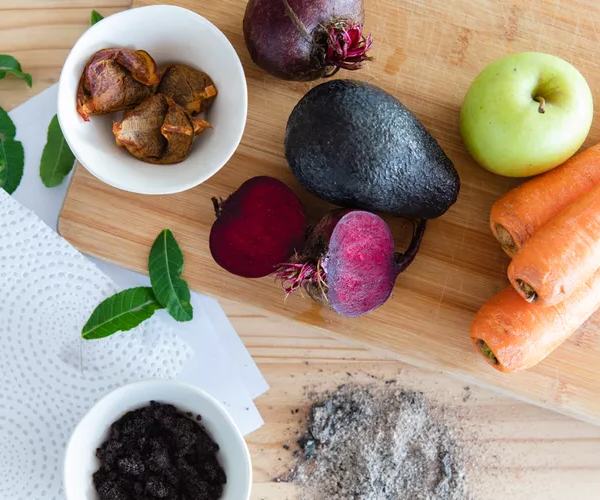
- Grass clippings, yard trimmings
- Hair, fur
- Hay, straw
- Leaves
- Nutshells
- Shredded newspaper
- Wood chips, sawdust, toothpicks, burnt matches
- Fruit peels
- Old Vegetables
- Stale bread
- Corn husks
- Non-glossy junk mail or catalogs (shredded)
- Pinecones
- Paper egg cartons
- Tea leaves
- Cooked rice/pasta
- Wine corks
- Plain Paper documents
What not to compost
While there are countless items for you to compost, there are several things that you should not include in your compost if you want a successful and safe fertilizer in the end.
Meat and Fish
One of the first things that you should not put in your compost is animal byproducts: meat, fish, egg, dairy, and poultry products. While many people think it is okay to compost, it can breed bacteria, cause odor problems, and result in pests, like rats.
Dairy, Oil, and Fats
Dairy stuff like milk, sour cream, yogurt, cheese, and butter should not be composted because they also attract pests. The same is the case with oils and fats. Processed foods that contain a lot of dairy or fat should also be thrown out.
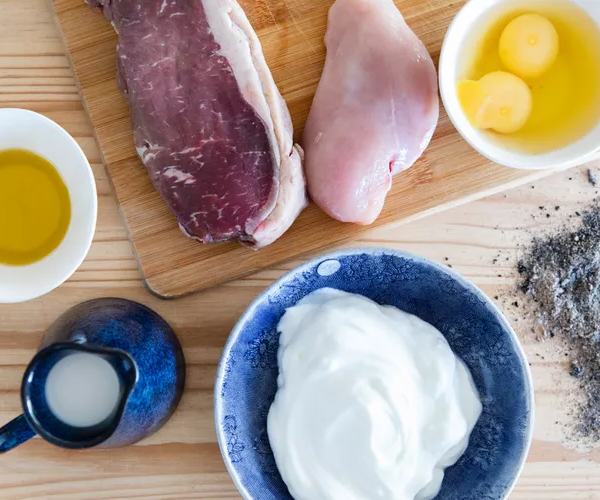
Coal and charcoal ash
If you want to produce a usable fertilizer for your plants, you should think about what products you use in your compost and how they are going to affect your plants. Items like coal or charcoal ash could contain substances that may harm the plants, resulting in your vegetable garden dying.
Waste from black walnut trees
The same is the case with leaves or twigs from black walnut trees as they contain the toxin juglone which is harmful to many plants including potatoes, peppers, and tomatoes.
Plant or wood treated with pesticides
Trimmings from plants that have been previously treated with pesticides should also be left behind.
Diseases or insect-infested plants
A compost pile must reach a temperature of 141 to 145 degrees F for at least several days to kill fungi and bacteria. That, however, isn’t feasible for a home compost bin meaning pests and pathogens can survive.
Weeds that have gone to seed
These can also live unless a high temperature arrives, and you possibly do not want to sow weeds on your next crop.
Pets waste
It is a big No No to add waste from pets into your compost and the bacteria and parasites from there can cause human disease. For example, cat feces and litter carry the organism that results in toxoplasmosis. This disease is of particular concern to pregnant people as it can seriously injure an unborn child.
Similarly, homes that have young kids and pets should be careful with what they compost. Do not let your dog or your curious toddler find their way to the compost pit. While most of the items in the compost are harmless, some items might contain bacteria and parasites and that may harm the kids or your pets.
Benefits of composting
There are many financial and natural benefits of composting:
- Creating high-quality nutrients
- Reducing the need to buy amendments or fertilizers
- Improving soil aeration
- Saving money by using free materials
- Reducing waste
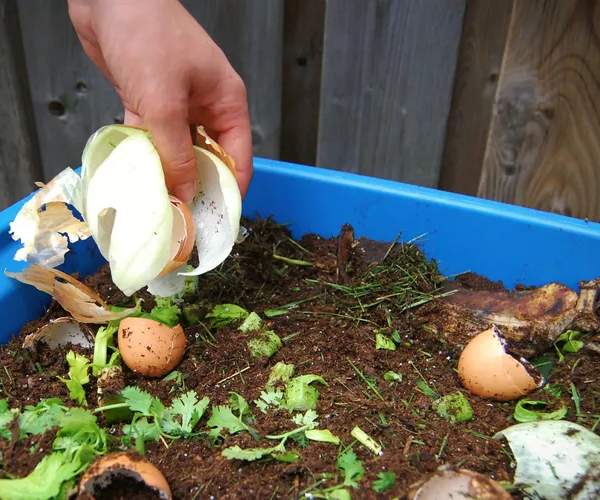
The benefits of composting are beyond your garden and yard. It helps the community and the environment as a whole by saving space in landfills, reducing methane gas (created by green materials in landfills), and saving on solid waste management costs.
FAQs
Q: What is the simplest method of composting?
A: Cold composting is the simplest composting method. Create a large pile of leaves and twigs with some green materials in the center. There is no need to rotate the pile.
Q: How long do we have to wait to use a compost?
A: Some compost may be available in a few weeks. However, when hot composting, you’ll generally have to wait about three months to use it.
Also, Read The 20 Best, Easiest Houseplants That Can Be Grown in Any Home!
